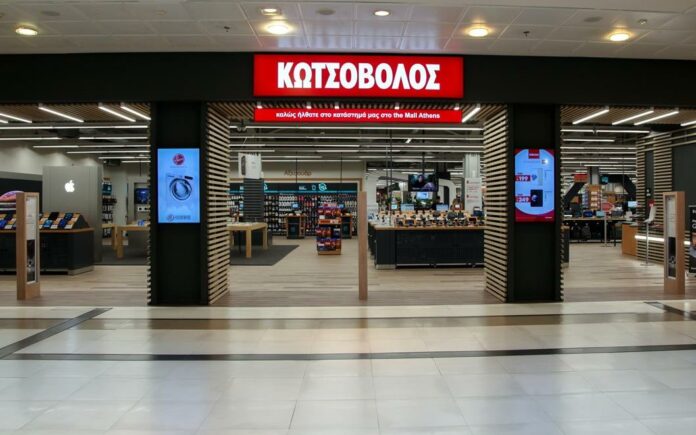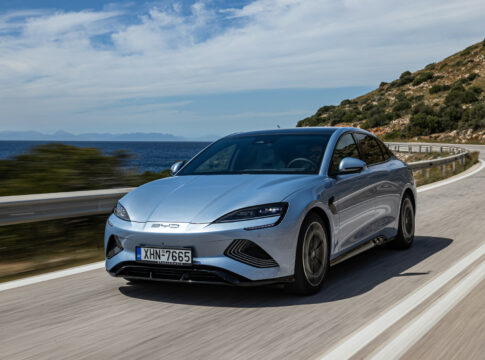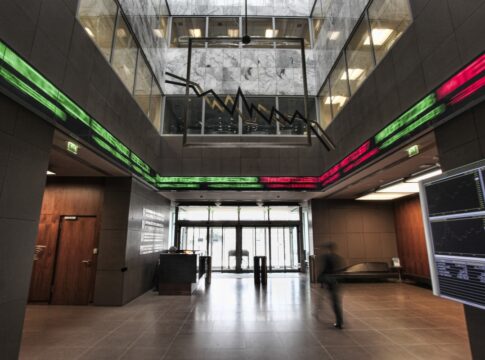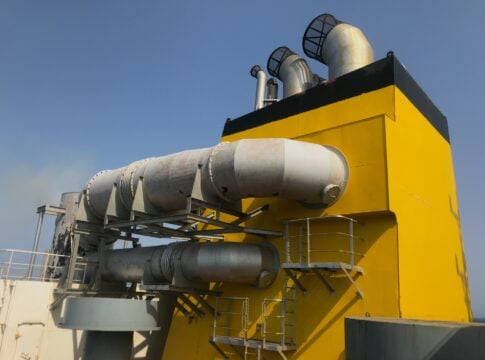Kotsovolos is expanding into the energy sector and specifically in the market of Renewable Energy Sources. More specifically, it is undertaking energy projects related to the study and implementation of photovoltaic system installation.
The undertaking of the projects is part of the program which subsidizes households for the installation of photovoltaic systems with a storage system. In particular, the program concerns photovoltaic systems which will be installed on the roof of a building, in ancillary areas of the building or on the ground.
The aim of the program is to fully cover the cost of the battery and the development and installation costs of the photovoltaic system. For the first two categories, the battery subsidy is 100%, while for the third and fourth categories it is 90%. Households will be required to install a PV system with a battery while farmers are given the option of installing a PV system with or without a battery. The maximum installed power of the PV system to be subsidized is set at 10.8kW. Accordingly, regarding the battery, the maximum subsidy is set at 10.8kWh. The battery should be able to supply the power of the RES station for at least one hour. The PV System covers all the needs that require electricity in a house, such as, for example, Lighting, Telecommunications, Refrigeration (Air Conditioners), Large Household Appliances, e.g. refrigerator, washing machine, dryer, etc. It can cover current & future needs, eg swimming pool, heat pump, electric car, etc.
The energy produced by the photovoltaic station is primarily channeled to the consumption of the beneficiary. Any potential excess production is channeled as a priority to the storage system until it is full and secondarily the available photovoltaic energy can be injected into the grid. In periods when the energy produced by the photovoltaic station is not sufficient to cover the consumption of the beneficiary, these are primarily covered by discharging it.
Thus, the needs of the household are covered as a priority by the production of the photovoltaic, then by the battery and the last option is the absorption of energy from the grid. This is why the selection of a Photovoltaic System with Net Metering is useful, which is a process of offsetting the energy produced by the home photovoltaic system and the energy consumed by the home, as a result of which it is significantly reduced to zero. The main advantage is that it covers all the electrical needs of a house and is an investment with a long-term benefit of up to 25 years.
The investment will recuperate in 3 to 6 years, depending on the subsidy. Another important parameter is the added value given to the property, because its energy identity is upgraded, while enabling power supply even in the most remote areas. The installation of integrated photovoltaic systems not only reduces the cost of electricity consumption, but it is also completely “green.”
In Greece, following the EU energy planning for Renewable Energy Sources, we are pioneers, having installed over 1 million solar water heaters. We are now called upon to enhance this pioneering position with the use of photovoltaic systems, since, taking advantage of the enormous sunshine, we can produce the electricity we consume, at minimal cost. Good for us, good for the environment!














